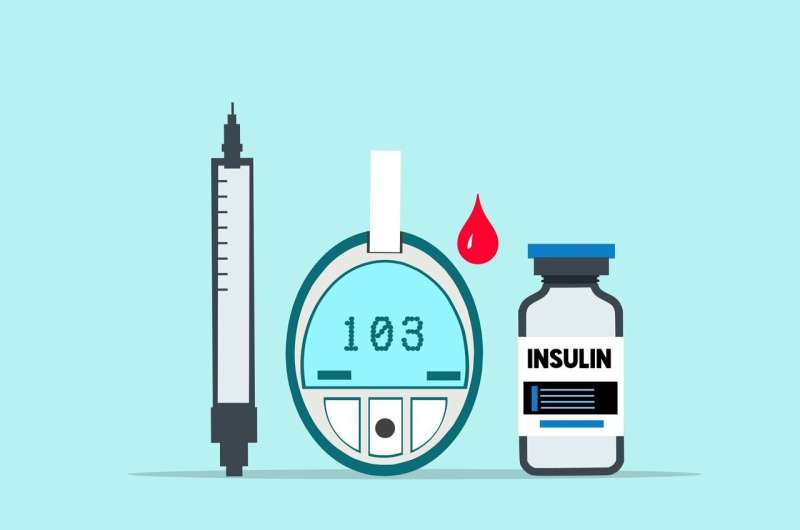
Over the past 20 years, despite the overall increase in the use of insulin pumps, there have been few improvements in the ethnic, racial and socioeconomic inequities in insulin pump use among youth with type 1 diabetes, according to a new study presented Tuesday, June 14 at ENDO 2022, the Endocrine Society’s annual meeting in Atlanta, Ga.
“We found there is a huge divide in who actually has access to insulin pumps,” said lead researcher Estelle Everett, M.D., M.H.S., of the David Geffen School of Medicine at University of California, Los Angeles in in Los Angeles, Calif. “Racial-ethnic minority groups and those of lower socioeconomic status still have unequal access to this very beneficial management tool. This is really concerning because these groups have more challenges managing their diabetes and have higher risk of complications. Changes in the approach to diabetes care and health policies are needed to ensure equal access to this life-changing diabetes device.”
Diabetes that is not well controlled can lead to serious complications like blindness, kidney disease, amputation and heart disease. “Diabetes technology such as insulin pumps have revolutionized diabetes management,” Everett said.
Insulin pumps are small handheld devices that administer insulin with the press of a button so patients can discreetly administer their insulin without numerous painful injections. New insulin pumps can also connect to continuous glucose monitors and automatically adjust insulin based on a person’s current blood glucose values. These devices have been found to improve diabetes control and reduce the distress related to diabetes care.
The researchers used data from the SEARCH for Diabetes in Youth study to evaluate changes in insulin pump use among participants younger than age 20 with type 1 diabetes from 2001 to 2019. They looked at insulin pump use by racial and ethnic groups, health insurance, household income and formal parental education at different time periods during those years.
They found that at all points of time, the highest rates of pump use occurred in white non-Hispanic patients, those with incomes equal to or greater than $75,000, and those with an education greater than a bachelor’s degree. Pump use was lowest in Black patients, those with incomes less than $25,000 and those with a high school degree.
While the overall prevalence of insulin pump use increased from 30% in 2001-2005 to 58.3% in 2016-2019, there was no change in the rates by race, income and education over time.
“Inequities in access to diabetes technologies are unacceptable because everyone deserves the opportunity to improve their diabetes health,” Everett said. “Studies that evaluate barriers and test interventions to improve technology access are needed to address the persistent inequities in diabetes care.”
The Endocrine Society

